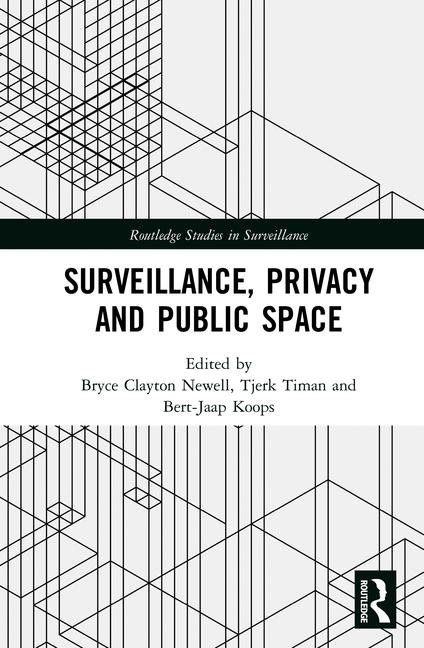Samsung’s IP-based video cameras watch over the interior and exterior of the Charles Simonyi Space Gallery building, a newly constructed addition to The Museum of Flight’s campus in Seattle. Beginning in the summer of 2012, the new 15,131 square foot building will display space travel-related artifacts, including NASA’s Shuttle Orbiter Trainer, known as the Full Fuselage Trainer (FFT).
Ten Samsung IP cameras provide surveillance of the new building, helping ensure the physical security of the new facilities, artifacts, staff and visitors. The cameras tie into The Museum of Flight’s existing video management system (VMS). A new server was also added to manage the additional video.
Video from the Samsung cameras is used to monitor all activities at the new Space Gallery.
New Museum Addition Takes Flight
The Museum of Flight was founded in 1965 as a not-for-profit organization and has been at its current location alongside Seattle’s Boeing Field (King County International Airport) since 1983. The museum has grown to be one of the largest private air and space museums in the world and has a significant air and space artifact collection. The new Charles Simonyi Space Gallery was built to potentially house a retired NASA Space Shuttle Orbiter and other space artifacts. Although the museum was ultimately not selected by NASA through a competitive process to receive a retiring orbiter, the museum will instead display the Full Fuselage Trainer (FFT), a full-scale mockup of the Space Shuttle Orbiter without the wings. The FFT was used as a test bed for upgrades to the shuttle fleet and for astronaut training such as extra-vehicular activity (EVA) and emergency egress. The FFT includes flight quality systems, such as a full flight deck and crew compartment, payload bay, lighting and closed circuit TV.
New Cameras Expand Surveillance
Samsung cameras installed to watch the interior and exterior of the new building include three Samsung SNB-5000 1.3 megapixel HD box cameras with Samsung SLA-M2882 auto-iris varifocal (2.8 - 8.2mm) lenses, used to monitor a public entry, service entry and admission sales counter. Another three 1.3-megapixel HD vandal-resistant fixed dome cameras, Samsung SNV-5080, are used to monitor public entries; one is also mounted on the exterior of the building to monitor an additional entry point.
Two Samsung SNP-3301H interior H.264 network pan-tilt-zoom (PTZ) dome cameras are mounted inside the Space Gallery at opposite corners to provide security staff with the ability to monitor for violations of the museum’s established visitor and staff expectations. Two additional exterior vandal-resistant PTZ dome cameras, both Samsung SNP-3120V, are mounted high up on the exterior of the Space Gallery to monitor building parking and the Airpark, an outdoor area with several significant aircraft including a Concorde supersonic passenger jet, the first jet-powered Air Force One and the prototype Boeing 747.
Eight of the Samsung IP cameras are power-over-Ethernet (PoE) models with power supplied by an Altronix 16-port NetWay. Two exterior PTZ cameras are powered near the cameras by a Pelco 24v power supply. Brandon Knutson, security and safety manager, The Museum of Flight, created the system specifications and design using the museum’s request for proposal (RFP) process. The system drawings, installation and integration were performed by Aronson Security Group (ASG), Seattle.
In addition to security benefits, the Samsung cameras also boost operational efficiencies at The Museum of Flight’s new building. After hours, video helps to verify the identity of vendors when providing remote access into the Space Gallery. Customer service benefits from the ability of staff to monitor the size of lines at admission sales counters and to call upon additional service agents as needed. Remote surveillance also enables the staff to confirm remotely the status of tables, stages and other equipment being set up for private event functions.
The Museum of Flight is a mid-sized campus comprised of several buildings. The museum’s security staff monitors the video surveillance system on a regular basis, and the system is always recording to post-incident review. Other museum departments have live access to select cameras via their desktop PCs for operational purposes.
The video surveillance system is managed using OnSSI NetDVMS software and Ocularis client software. The OnSSI NetDVMS video management system runs on two Microsoft servers each located strategically to minimize network traffic. Each server uses onboard HDD storage for live and archived video. An on-board RAID controller provides redundancy for the operating system and applications, but is not used for archived video. The main components of the network are linked by fiber, and subcomponents are linked by network cabling. There are 51 existing cameras in all, including 21 IP-based cameras and 30 analog cameras connected via video encoders.
The new Samsung cameras are all connected to a managed network switch. A Dell server is located in the same equipment rack, and provides four terabytes of storage for the 10 Samsung cameras and six other existing IP cameras nearby
What Comes Next
The museum has standardized the use of IP cameras moving forward. Knutson says he sees a “sweet spot” balance of image quality and bandwidth consumption with HD images provided by 1.3 megapixel cameras using H.264 compression.
IP cameras are also enabling advanced use of the cameras. While the video system is not currently integrated with other systems, the museum has wired-in door contact switches, motion and other sensors to the alarm inputs on nearby IP cameras. This configuration allows the camera to send an email whenever a sensor triggers when it isn’t supposed to.
The cameras have been invaluable for monitoring exterior doors as contractors and visitors come and go. The level of traffic will only increase following the grand opening.
“The security challenges we anticipate following the public grand opening are people crossing physical boundaries around exhibited artifacts, tampering with the artifacts and too many people occupying the building at one time,” said Knutson. Addressing these challenges may include using the onboard intelligent video analytics of the Samsung cameras, specifically the “Crossing Line Detection” and “Disappearing Detection” rules.











